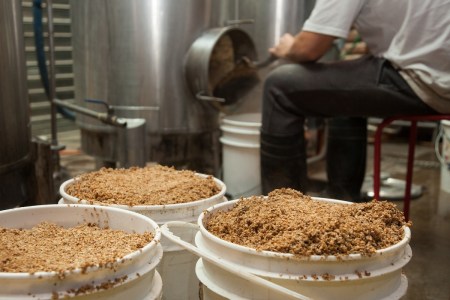
In his continuing series of Deep Dive articles for Beer & Brewer, Brightstar‘s brewer Steve Brockman delves into the alternatives to barley and how best to use them.
To get the most out of your grains, it’s best to understand two different ways that your grain may be processed. Malted grain, especially barley, is the predominant ingredient in beer. Malting is the process of converting starches into fermentable sugars and proteins using the enzymes within the grain itself. During this process, the grains are soaked, germinated and dried. Stewing and roasting these dried malted grains brings us the wonderful variety of colours and flavours we can use to construct different types of beer.
Another key process is gelatinisation. When you heat a grain kernel, the starch will gelatinise, meaning it will become soluble and available for fermentation. This process is easily seen when you make porridge – it’s this ooey gooey mess that is made up of soluble sugars. Conveniently, both malted barley and wheat have a gelatinisation temperature right around standard mash temperature, but if you wish to do other grains you may need to do a cereal mash.
This involves heating up these grains in a separate vessel, to a temperature just above the gelatinisation temperature before adding it back to your main beer mash. When performing a cereal mash, the grains have no enzymes to then break down these soluble starches into smaller fermentable sugars, so a proportion of malted barley, full of diastatic power, is recommended to get full conversion.
If you’re a brewer not wanting to extend your brew day with a full cereal mash, look for flaked or torrified products. Flaked grains are soaked and then compressed through giant heated rollers, a process which generates enough heat to cook the grain and then dry it. This means the starch within is pre-gelatinised and accessible for mash enzymes to work on. They’re a ready-to-go product – all you need to do is throw them into your mash with no need for milling.
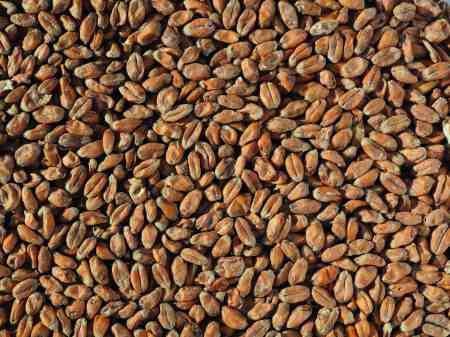
Wheat malt
Behind barley, wheat malt is the most used grain in brewing. Wheat has a mellow flavour and is great for creating light beers with a gentle finish, but also can help add body to bigger beers. Full of foam positive proteins, brewers find even a little bit of wheat can help boost presentation for a multitude of different beer styles. Wheat also often contributes haze (great for those New England style beers). Wheat also contains beta-glucans, gummy material originating from the breakdown of cell walls. This gumminess creates viscosity and adds to the feeling of a fuller beer across the palette. Hazy pales and New England IPAs can benefit from the addition of wheat from 30%, up to 50% of the mash. Flaked wheat is especially handy. The larger proteins help head retention and nail the signature haze of the style.
For South German-style hefeweizens, try to strike a balance between yeast-derived banana and clove aromas and a dry finish to make it the best crowd-pleasing stein filler. A short Ferulic acid rest around 42 to 45°C helps drive Ferulic acid formation, the immediate pre-cursor to 4 Vinyl-Guaiacol or 4VG for short. It is this 4VG that gives the iconic clove during fermentation. A mash grist of at least 50% all the way up to 70% can result in long run-offs, so utilise rice or oat hulls (or coconut husks) where practical.
With heavier, more alcoholic styles like wheat wine, you can drive beta glucans development by blending different types of wheat. Malted wheat, flaked wheat and unmalted wheat paired with a mash rest towards the top of the range (67 to 69°C) results in thick, luscious beer that won’t thin out, even with higher ABVs. By not going too high, you can maintain enough enzyme activity to unlock the large amounts of starch in an increased mash volume without sacrificing the body and mouthfeel you want in the final beer.
A trick for those dark beer lovers out there – dark roasted wheat malt, such as Midnight Wheat from Briess or Gladfield’s Eclipse Wheat provide intense dark colour but in a smooth, very light chocolate, very light roast way. These fall into the category of debittered black malts and wheat naturally falls into this category as it doesn’t have an outer husk to break down.
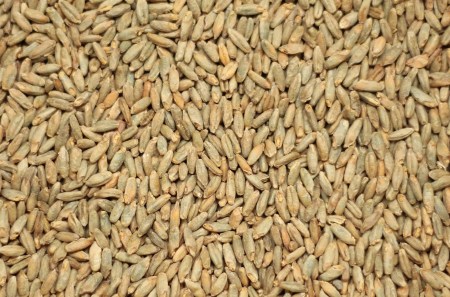
Rye
A great choice for those looking for a bolder flavour and is often used to create spicier beers. Think of a dark, chewy perfectly cooked rye loaf – it’s slightly spicy and often dense. These same attributes can be used to derive character in different styles. Rye’s dry, almost earthy spice works well in a traditional Saison, with the yeast complementing the flavours and aromas. Rye also works with citrus-like flavours, making it a great addition to hoppy IPAs.
A rye addition, typically 15 to 20% of a mash, can add a dense body and chewiness to beer as seen in Roggenbiers and American rye IPAs. You can go off the deep end and brew with lots of rye, Finnish Sahti and Kvass have up to 60% rye malt. If you do go with high percentages, be prepared for a long run-off. Match your mash temperature to your goals for he final body of the beer – low and slow for a dry drinkable lager, warmer for a full-bodied ale.
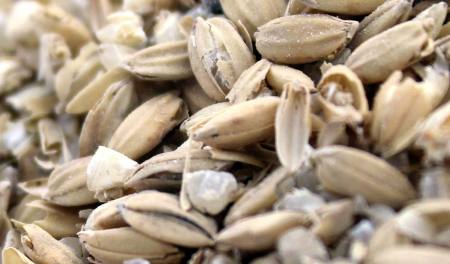
Rice
Popular in Asian brewing which imparts a very light flavour and a crisp finish. Japanese brewers in particular have perfected the use of rice, using them to create super dry, pale Japanese lagers.
Remember that rice will need to be pre-gelatinised, either by flaking or cooking. Rice can make up to 50% of a grist, just remember lots of rice will be quite gluggy and can be hard to stir into a mash. Rice malt can also be an option, ranging in colour and flavour to almost rival barley.
If rice makes up a large percentage of your grist, be sure to include high diastatic power malt, or consider using exogenous enzymes to make sure your mash fully converts. Beta glucanase can be used if you’re worried about slow lautering.
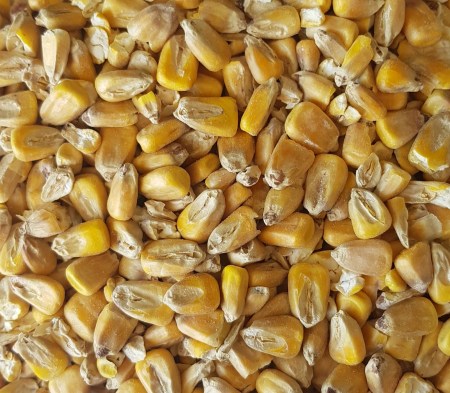
Corn
A wise choice for those looking to create a smooth lager and can be used as a substitute for barley. Many lagers coming out of the larger breweries in the US are made with corn, or a corn and rice mash. These American light lagers are clean, with low bitterness, with the corn giving a distinct but light, sweet “fresh corn cob-like” flavour and aroma.
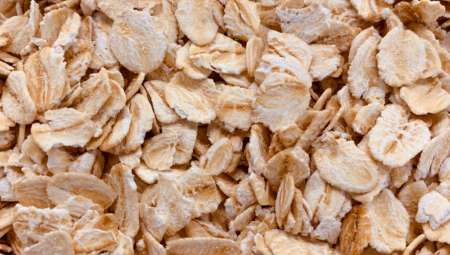
Oats
Excellent for those looking to create a creamy beer, with a hint of sweetness. Often found in heartier stout recipes like oatmeal stouts, or English Browns, oats can also add a silky mouthfeel and increase body on lower alcohol beers like English Milds. Oats can even be used to provide heft to crystal malt-heavy American IPAs, or help provide the soft and pillowy body of a New England IPA.
Use up to 20% flaked oats in a recipe but no more; some brewers have found too much wheat or oats lends a sharpness to the beer and begins to negatively affect colloidal stability, dropping your beautiful hazy beer clear.
Some maltsters provide “Golden Oats” or “Naked Oats” – these are oats that have no husk and go through a gentle roasting process. The result is a deliciously sweet, lighty nutty, granola-like flavour. This is a great option in malt forward beers, especially those of UK origin.
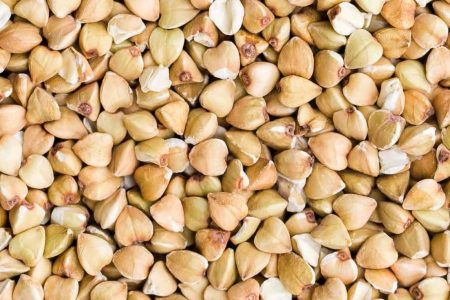
Gluten free grains
There are also many grains that can be used in gluten free brewing. Millet, buckwheat (pictured), amaranth and quinoa are some of the most commonly used grains in gluten free beers. If you can make bread out of it, you can make a beer out of it. These grains may have a slightly different flavour profile in a beer than the grains do themselves, so a little experimentation is recommended.
For those looking to dive head first into gluten free brewing, Victoria’s TWØBAYS Brewing, a 100% gluten free brewery, sells gluten free malts alongside their award-winning beers online and in their taproom.
A quick note on gluten free brewing – it is recommended to use caution when trying to create a gluten free beer. Even the smallest amount of cross-contamination can provide problems to people with Coeliac Disease. To be truly gluten free, all equipment used in the brewing process has to be thoroughly cleaned and sanitised from previous gluten-containing batches of beer.
There are several fining agents on the market that can reduce gluten levels in beer to below 20 parts per million (ppm) and even 10 ppm, but these beers are unable to be called gluten free. They instead go by the moniker “gluten reduced” and professional brewers should consult with their local regulatory bodies to gain better understanding of local requirements before marketing any beer as “gluten reduced” or “gluten free”.
Steve’s Deep Dive articles appear in every issue of Beer & Brewer. Subscribe here.

